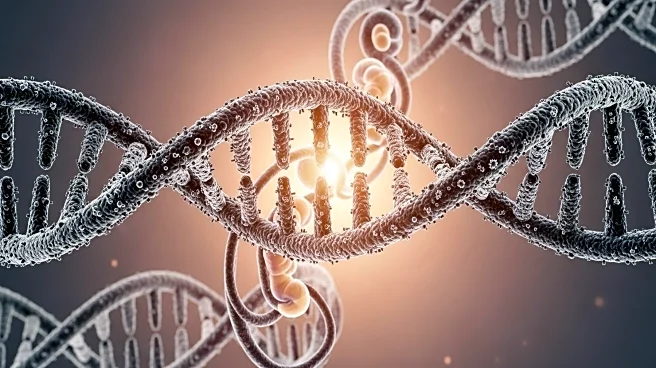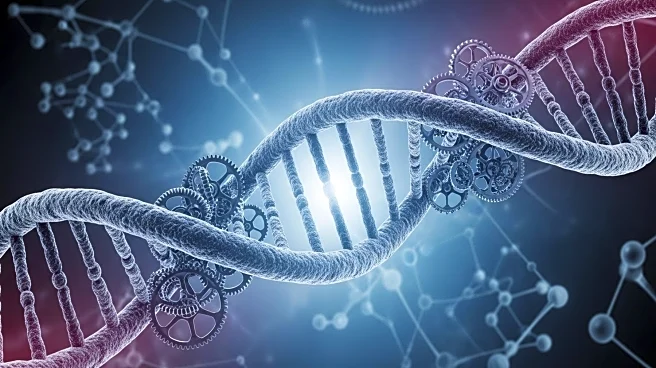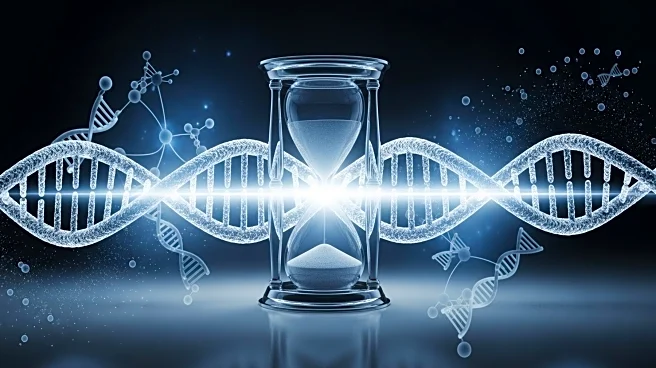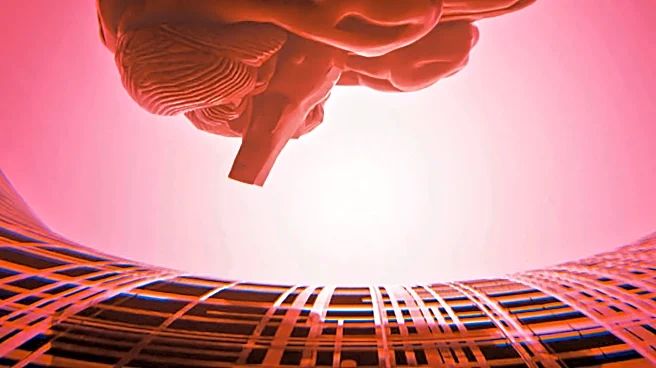What's Happening?
New research has uncovered that fragments of ancient viral DNA, specifically LTR5Hs, play a critical role in early human embryonic development. Conducted by Stanford University biologist Raquel Fueyo and her team, the study used stem cells to mimic a blastocyst, a stage of embryonic development. The research found that disabling LTR5Hs led to disorganized cell development or cell death, indicating their essential role in forming the epiblast layer. These viral remnants, integrated into human DNA millions of years ago, are now crucial for regulating genes like ZNF729, which is vital for stem cell multiplication and cell identity.
Why It's Important?
This discovery sheds light on the evolutionary significance of viral DNA in human development. Understanding the role of LTR5Hs could lead to advancements in reproductive health and developmental biology. The findings suggest that these viral elements have been repurposed over time to support essential biological functions, offering insights into human evolution and genetic innovation. This research could also have implications for understanding genetic disorders and developing new therapeutic approaches.
Beyond the Headlines
The study highlights the complex interplay between ancient viral DNA and human genetics, raising questions about the ethical considerations of manipulating such elements in genetic research. It also underscores the potential for evolutionary biology to inform modern medical practices. As scientists continue to explore the genetic legacy of viral infections, this research may prompt discussions on the broader implications of genetic engineering and the preservation of genetic diversity.










